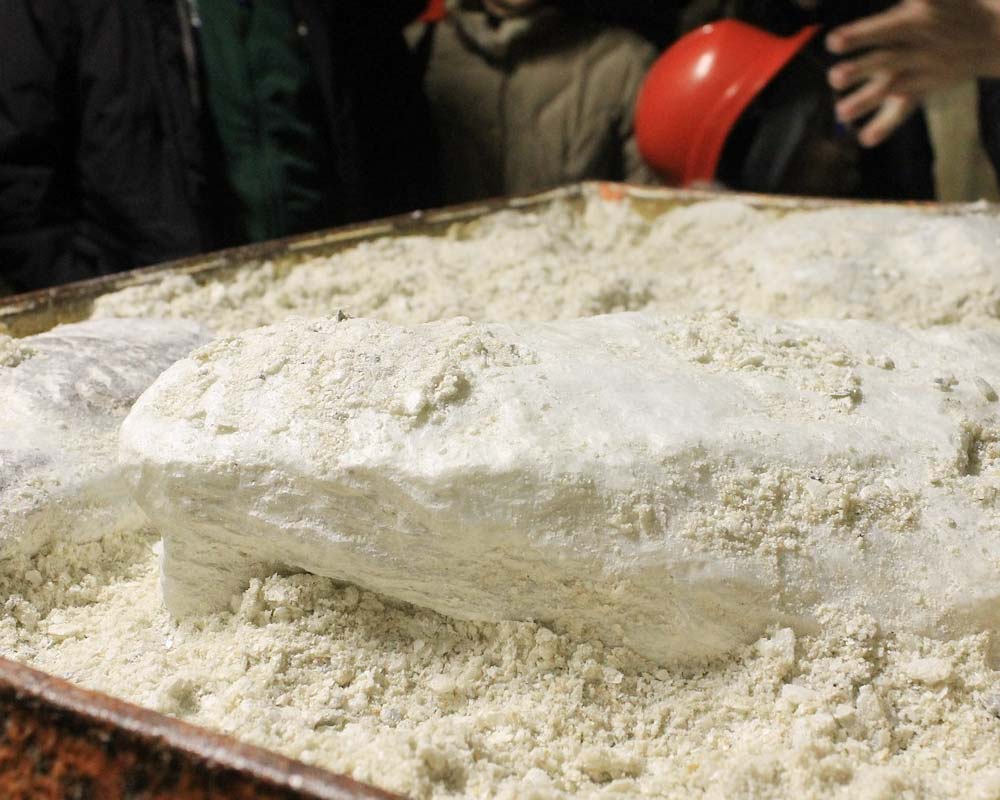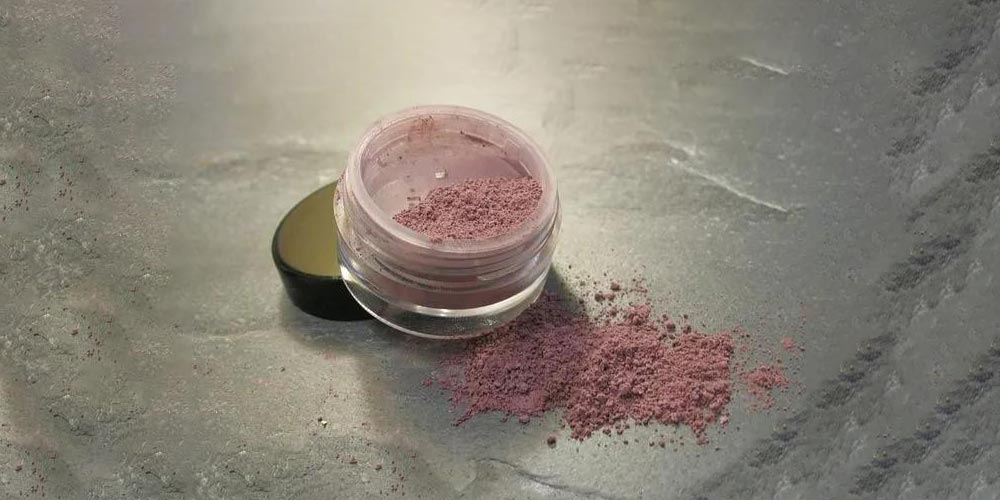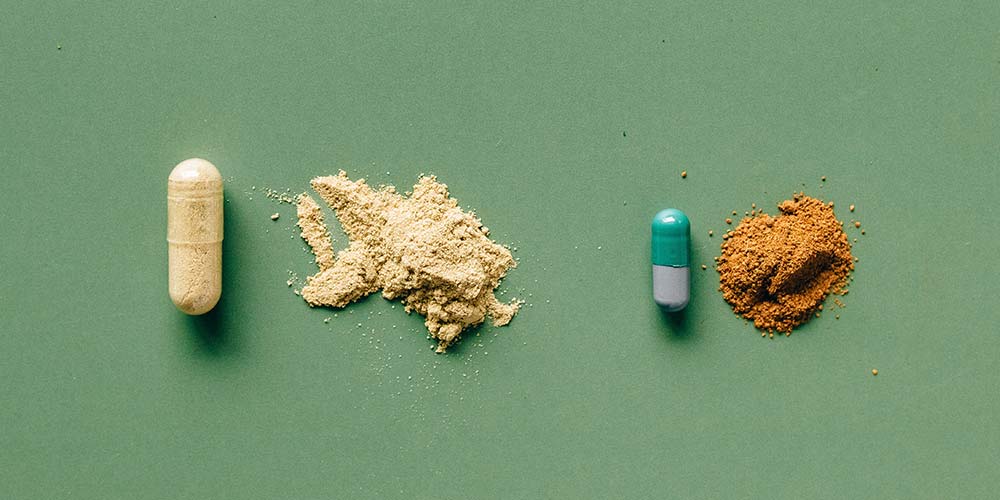The application and market status of talc
The molecular formula of talc is Mg3Si4O10(OH)2, and the chemical name is hydrated magnesium metasilicate, monoclinic system. The theoretical composition of pure talc is 63.47% SiO2, MgO 31.68%, H2O 4.75%.
The properties of talc: pure talc is white or slightly yellowish, pink, and light green; generally dense block, leaf-like, fibrous or radial aggregates; glassy, translucent; hardness 1.0, specific gravity 2.58~ 2.83, melting point 800°C. Because talc is white in color, soft, odorless, tasteless, stable in chemical properties, it has high stability, low conductivity, fine particles, and has the advantages of flake structure and large specific surface area.

Types of talc deposits
According to the geological origin, it is mainly divided into carbonate hydrothermal metamorphic type, contact metamorphic type, sedimentary dynamic metamorphic type and ultra-basic hydrothermal metamorphic type.
According to the type of ore-forming parent rock, it can be divided into four types: magnesia carbonate, serpentinite, siliceous rock/aluminous rock and magnesia sedimentary rock.
According to the type of ore, it can be divided into four types: lump talc, flaky soft talc, tremolite talc and mixed talc.
The prospective reserves of talc in the world are more than 2 billion tons, and the proven reserves are about 800 million tons. Global talc (including pyrophyllite) deposits are distributed in more than 40 countries and regions, mainly in the United States, Brazil, China, India, France, Finland and Russia.
The main application of talc
- Papermaking
Talcum powder has a special layered structure with softness, hydrophobicity, strong adsorption and other characteristics. The addition of talcum powder in the paper industry can help increase filler retention and improve paper transparency, smoothness and printability, and make paper Has high ink absorption. It is lipophilic and can absorb organic substances to keep the white water and slurry system clean. As a filler, it also has the effect of eliminating resin barriers.

- Plastic
Talc is an important filler for plastics. It can improve the chemical resistance, heat resistance, impact strength, dimensional stability, firmness, hardness, thermal conductivity, tensile strength, creep resistance and electrical insulation of plastics. . At the same time, it is also a reinforcing agent for many thermoplastics, which can control the rheology of the melt, reduce the creep of molded products, increase the cycle of molding, and improve the heat deflection temperature and dimensional stability. When flake talc was used at that time, it had a good lubrication effect on the parts of the molding press.

- Ceramics
The reason why ceramics show different colors is that talc powder is added to them. Different proportions and different composition ratios can make the ceramics show different colors. At the same time, it can make the ceramics have uniform density, smooth surface and good gloss after calcination.

- Coating
Talcum powder has good suspension and dispersibility, and low corrosiveness. Therefore, in coatings, talc powder can be used as a filler and a skeleton function, which reduces manufacturing costs, and at the same time can increase product shear strength, pressure strength and Tensile strength reduces its deformation strength, elongation and thermal expansion coefficient.

- Cosmetic
Talc is a high-quality filler in the cosmetics industry. Due to its high content of silicon, it has the effect of blocking infrared rays, enhancing the sun protection and anti-infrared properties of cosmetics. In addition, because talc powder has the properties of lubrication, softness, and hydrophilicity, various emollient powders, beauty powders, talcum powders, etc. are commonly used.

- Cable
In the wire industry, special talc powder is mainly divided into two types: rubber sheathed cable-filled talc powder and special peeling talc powder for sheathed insulated wires. Lubrication and insulation.
- Roofing, waterproof material
Talc can be used not only as a filler for roofing materials, but also as a surface material for roofing materials. When used as a filler, talc acts as a stabilizer in the molten asphalt component, which can increase the stability of the roofing material and the ability to resist weathering. When talc is sprayed on the surface of asphalt shingles or rolled roofing materials, it can prevent the materials from sticking during production and storage.
- Textile
Superfine ground talcum powder is often used as a filler and bleaching agent in some textiles, such as tarps, fireproof cloths, wheat flour bags, rope nylon, etc., which can enhance the compactness of plants, and enhance heat resistance and acid and alkali resistance Performance.
- Medicine and Food
Talc powder is often used in medicine and food because of its non-toxic, tasteless, good solubility, high whiteness, strong smoothness, and soft taste. For example, it can be used as pharmaceutical tablets, sugar coatings, Chinese medicine prescriptions, prickly heat powder, and food additives. , Release agent, etc.

- Other apps
Treatment of oily wastewater to reduce water pollution hazards. It can also be used in metal smelting, building material modification, pesticide absorbents, making overall foamy latex boards, and manufacturing floor waxes, bleaches, anti-corrosion compounds, and lubricants , Joining fillers, etc.
The market status of talc
The annual output of talc in the world in recent years is about 6 million tons. From 2016 to 2018, the international trade volume was 2.87 million tons, 3 million tons, and 2.98 million tons, accounting for about 50% of the total output.
From the perspective of the export market, China is the world’s largest exporter of talc. However, in recent years, due to the impact of environmental protection and rising labor costs, the export price of talc has increased year by year. The Netherlands, Germany, the United States, Japan, and South Korea are the largest importers. The United States, China, Austria, and Italy are importing countries as well as producing and exporting countries.
Consumption profile of talc
In recent decades, the formulation of tiles and sanitary ware and the technology of burning tiles have changed, reducing the amount of talc required for the manufacture of ceramic products. In coatings, the industry has shifted its focus from oil-based coatings to water-based coatings. Talc is hydrophobic and not suitable for the production of this product.
In the 1990s, papermaking began to decrease, and some talcum powder used for pitch adjustment was replaced by chemicals. In cosmetics, talcum powder manufacturers have shifted the production of some products from talcum powder to corn starch.
The paper industry used to be the world’s largest consumer market for talc. As paper mills used a large amount of calcium carbonate instead of talc for papermaking, the global talc consumption structure center gradually shifted from the papermaking market to the plastics market. It is expected that in the next few years, the world’s talc production and demand will grow steadily. The consumption of talc in the plastics sector will exceed that of the paper industry. As the automotive industry develops in the direction of lighter weight, the demand for automotive plastics will further increase in the future. Thereby driving the growth of the amount of talcum powder used in automobiles.
Article source: China Powder Network
